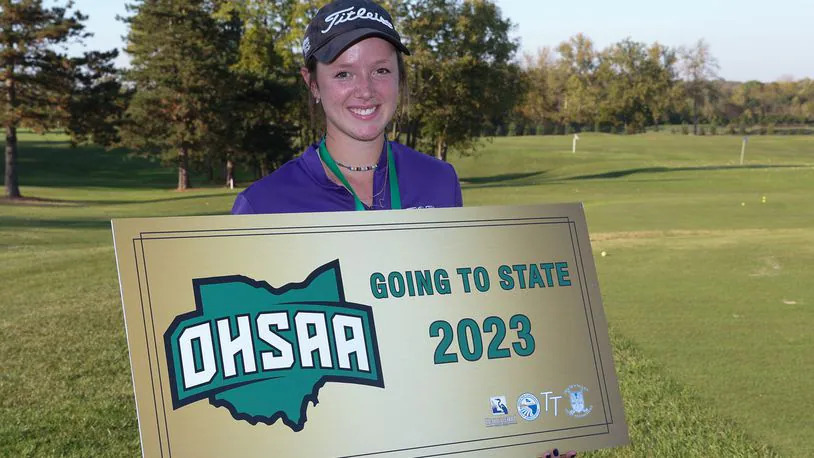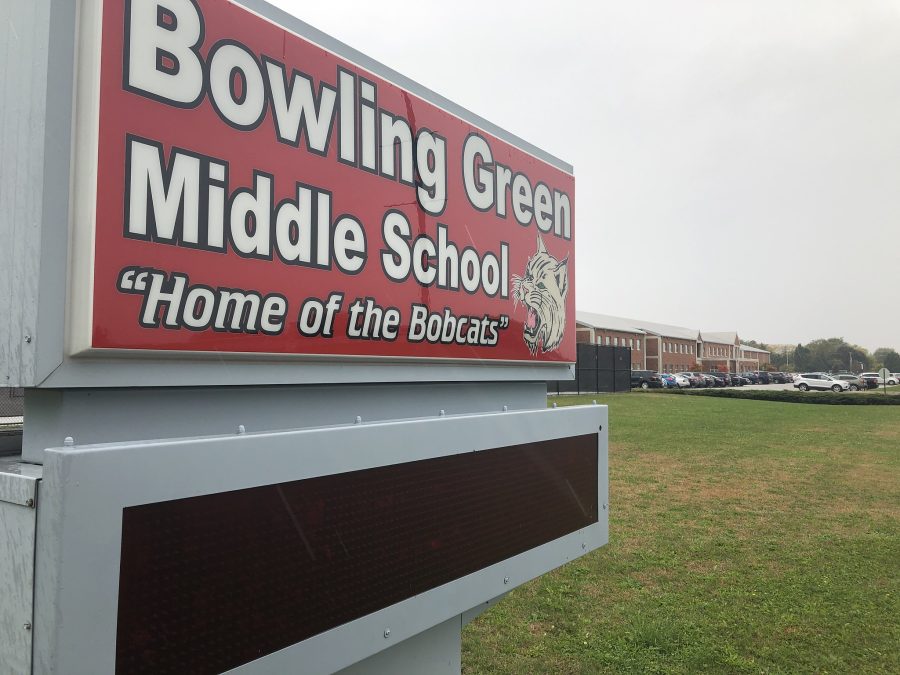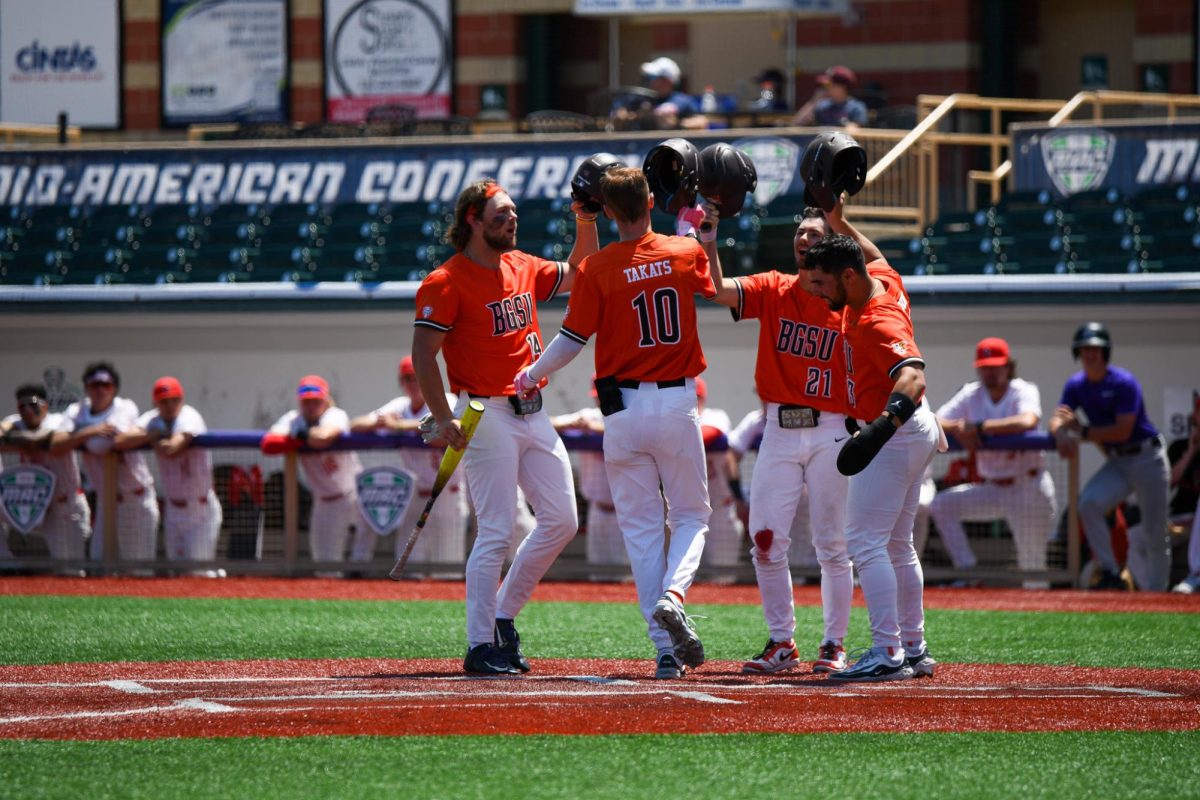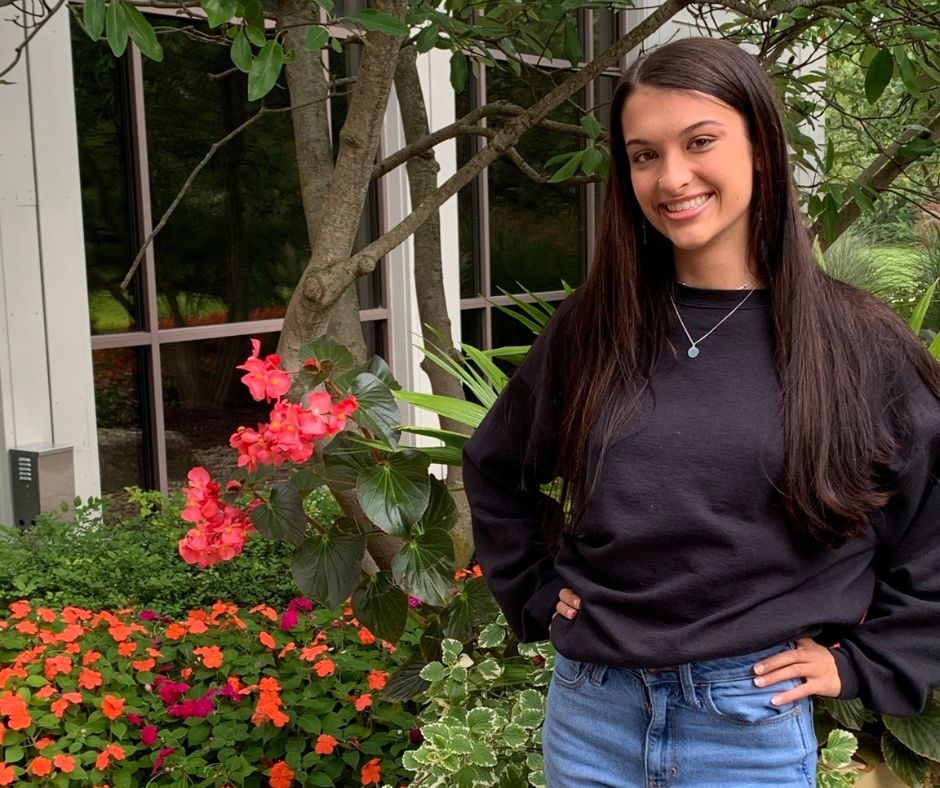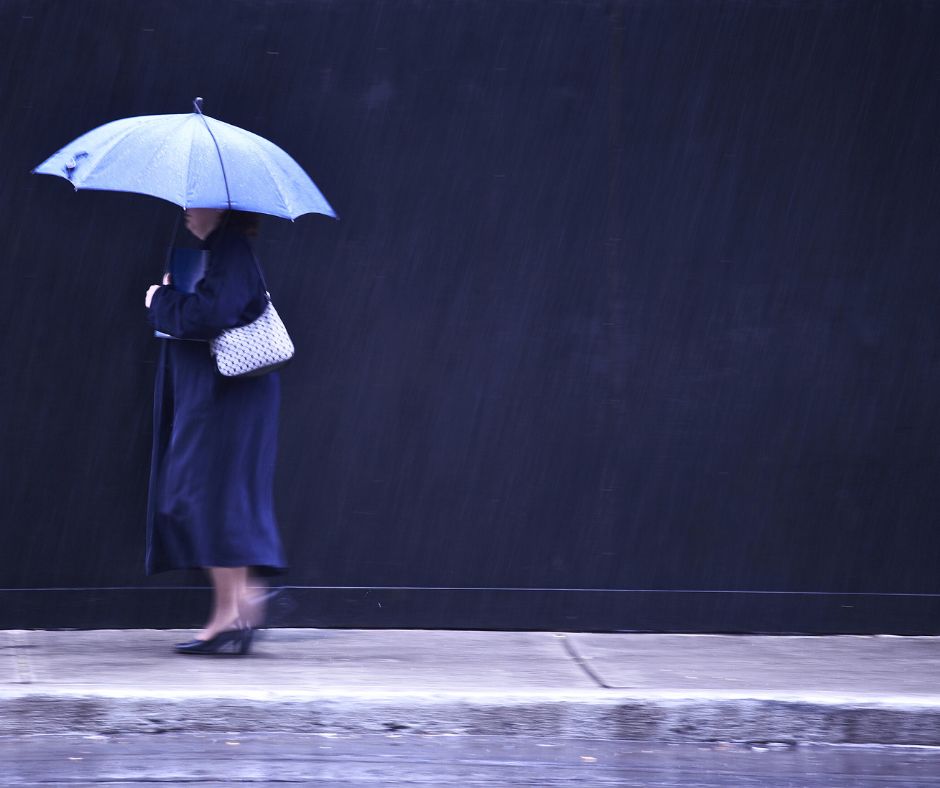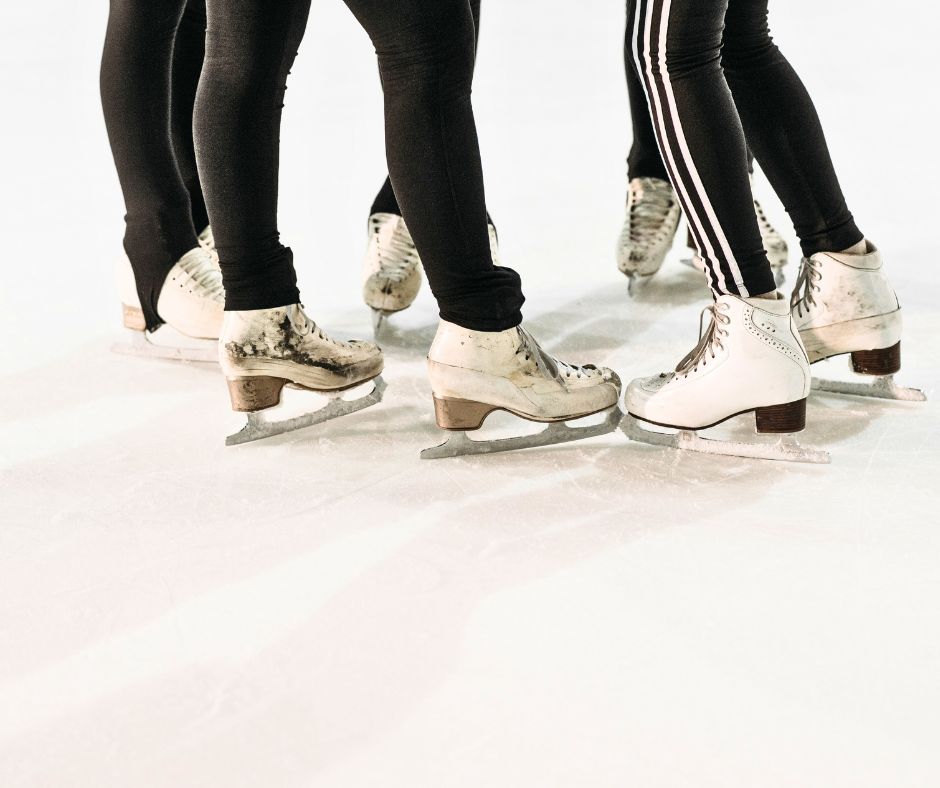More than two years after the student group Call to Action was formed in response to racially charged tweets, the list of five demands presented to University administration has yet to be completed. Still, Call to Action representative Bryce Davis said the “small successes” show a positive trend.
“I would say this year, yes, there’s definitely been a huge switch in the administration’s attitude toward Call to Action,” Davis said.
When the group was first created, Davis said it felt like the administration saw Call to Action as “something they could … push under the rug.”
However, during the past semester the administration has shown an interest in input from the group, even approaching them first to receive feedback on their progress.
“We knew it wasn’t going to be an overnight process,” Interim Vice President for Student Affairs Sydney Childs said. “(Call to Action) knew this was going to be an ongoing process.”
Childs called the demands a “living document” that requires conversations between the administration and the students.
One demand already met was for the University to create a plan for dealing with incidents of discrimination.
“The Office of Equity and Diversity took this over as a huge initiative and they worked with us very closely from the moment this demand was put in the air, leading up to the completion of the plan in March 2014,” Davis said.
This was an encouragement to the group because of the quick turnaround.
“Call to Action formed because we weren’t having that University response,” Davis said. “That was one of the quickest demands to be completed, one of the only to be completed.”
The first demand, asking for the creation of spaces for multicultural students, also required the relocation of multicultural spaces and services such as TRIO and the LGBT resource center to the fourth floor of the Student Union. The plan for this has since been changed.
“We realized that wasn’t a good use of resources,” Childs said.
Childs said the administration is in the process of developing an alternative plan with Call to Action.
Davis added that there were concerns about putting a large amount of money into completely renovating the fourth floor to accommodate the new centers and possibly having to move them later.
“The capital planning commission … is working on finding places on campus that exist and that they could renovate, or expanding existing spaces,” Davis said.
Another demand was to increase the representation of marginalized communities among faculty, staff, and board of trustees members.
Collegefactual.com ranked the diversity among the University’s faculty and staff as “below average,” with 14.9 percent being from non-white ethnicities. The diversity among undergraduates was ranked by Collegefactual.com as on par with the national average, with 23.3 percent being from non-white ethnicities.
Childs said departments need to be “mindful” about reflecting the makeup of the student population in their faculty and staff.
“We’re not trying to put quotas on anybody, but (asking) are you working toward that goal?” Childs said.
Davis said the Office of Equality and Diversity is currently tracking trends for why diverse faculty stay at or leave the University, in hopes of learning how to attract diverse faculty and keep those currently at the University.
As for the budgets for student organizations, Childs said there are limited resources.
He said the administration is “looking at how we can maximize and leverage our dollars and the processes by which students can get additional funds.”
Davis said of the more than 300 student organizations on campus, “75 percent or more of those are trying to get money from this pot that isn’t growing. It’s staying consistent every year.”
Call to Action is looking at funding models at other Universities to find what could be implemented here.
One of their success, Davis said, was encouraging organizations to use semester funding rather than looking at the full academic year.
“Not a lot of organizations are pulling from semester funding, so it gives those organizations a great opportunity to have their programs funded.”
Also in the works are changes to the cultural diversity requirement for the BG Perspective courses.
Davis said Call to Action’s focus is to “ensure that the cultural diversity courses are actually educating students about diversity.”
He said some diversity courses, such as jazz, would teach students a subject without ever referencing how it is connected to marginalized groups.
Right now Call to Action is having discussions with members of the multicultural initiatives committee to make courses more focused on diversity and inclusion and possibly including an interactive component.
This fall has seen protests on several college campuses due to lack of inclusion on campuses. Protests at the University of Missouri’s campus sparked by racial tension led to the resignation of the university’s president and the creation of several diversity initiatives. Other colleges such as Ithaca College and the University of Mississippi also had protests against their administration and the attitude towards race on campus.
Childs said the administration was already meeting with Call to Action to talk about the multicultural spaces before these incidents occurred.
“We want to be intentional about holding these conversations with students, and we’re glad that students are holding us accountable as well,” Childs said.
Davis said the University has not necessarily been exempt from events like those at other colleges.
For example, on Nov. 13, students gathered in the Union Oval wearing black clothing to symbolize the #BlackLivesMatter movement.
“That is our form of protest,” Davis said, defining protest as bring an issue into the open. “We’re able to voice our concerns.”
Davis also said he has talked to students who have experienced racial incidents on campus, but didn’t want to report them.
“They don’t feel that administration, police officers or the counseling center will care about their issue,” Davis said.
He said it’s a common microaggression, everyday acts that contribute to discrimination, for students to feel that reports of racial incidents aren’t important enough to be taken seriously.
“We still have these issues, but they’re just not as visible,” he said.
Childs felt that the University is heading in the right direction.
“What makes us different is that we are working toward that goal (of inclusion),” Childs said. “And our students understand that it is going to be work.”
—
The demands presented by Call to Action to the administration of the University:
Demand 1: Create BGSU Multicultural/Ethnic Student Centers that foster diversity education and inclusion on campus.
Demand 2: Increase the representation of marginalized community within faculty, staff and board of trustee membership.
Demand 3: Establish required cultural diversity education session and curriculum into the BGSU academic plan.
Demand 4: Increase the student organization budget funds allocated to minority student organizations on campus.
Demand 5: Implement the Action Plan as protocol to dealing with issues of hate, discrimination, and unjust treatment, action, or comments.







